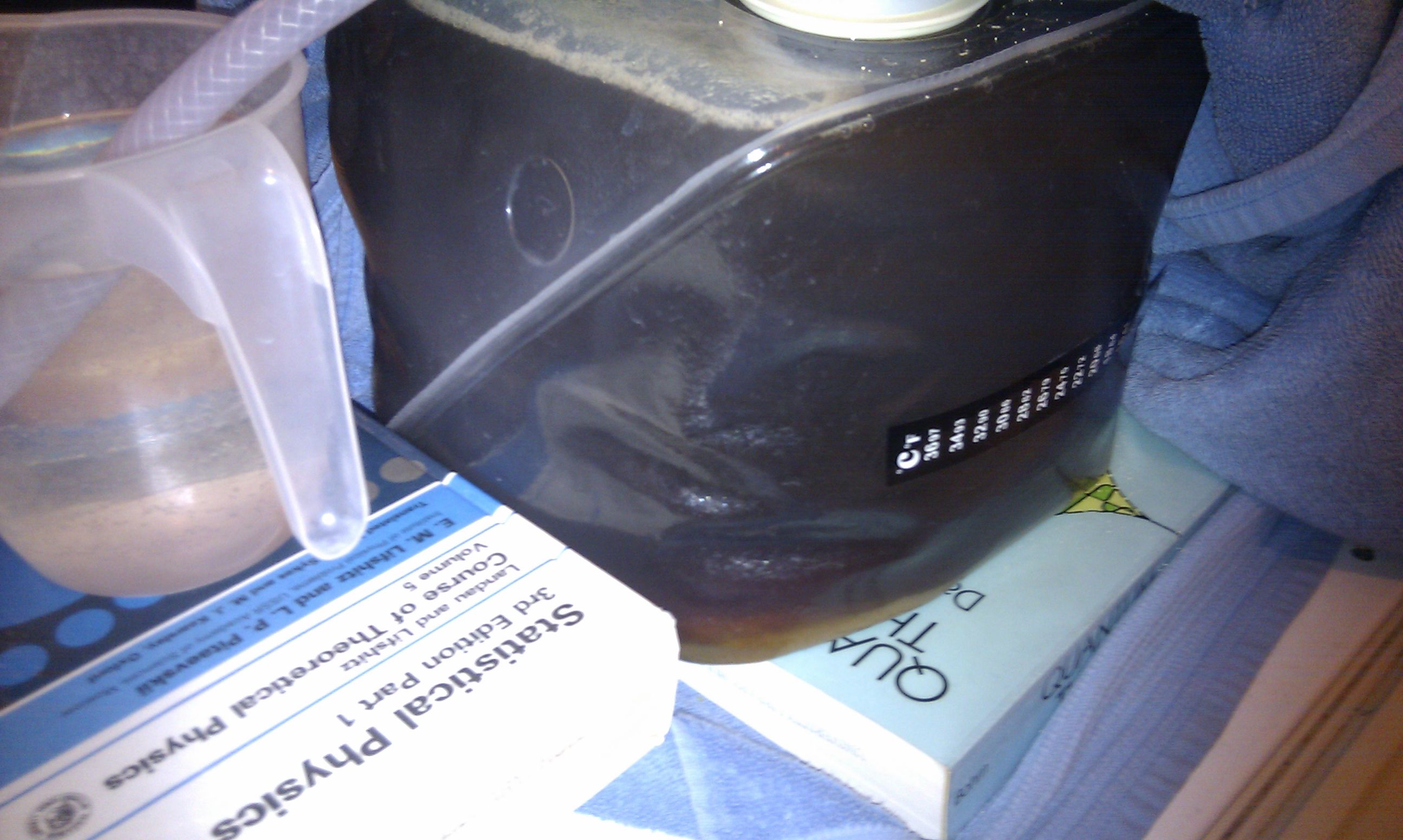Hi gang, new to brewing. Today I brewed my first beer that wasn't from a kit. Not confident enough to start all graining just yet, so I tried LME. I wanted a pale beer so I plumped for a light LME. The problem is that my wort looks very dark (see pic below). Any suggestions as to why this is? Here's my ingredients for 10 litres of beer :
250g crystal malt steeped at 67*C for 45mins.
1.5kg light liquid malt extract boiled for 60mins.
10g Chinook hops 60mins
5g Citra hops 15mins
15g Citra hops at flame out.

Thanks in advance for any replies.
250g crystal malt steeped at 67*C for 45mins.
1.5kg light liquid malt extract boiled for 60mins.
10g Chinook hops 60mins
5g Citra hops 15mins
15g Citra hops at flame out.

Thanks in advance for any replies.



